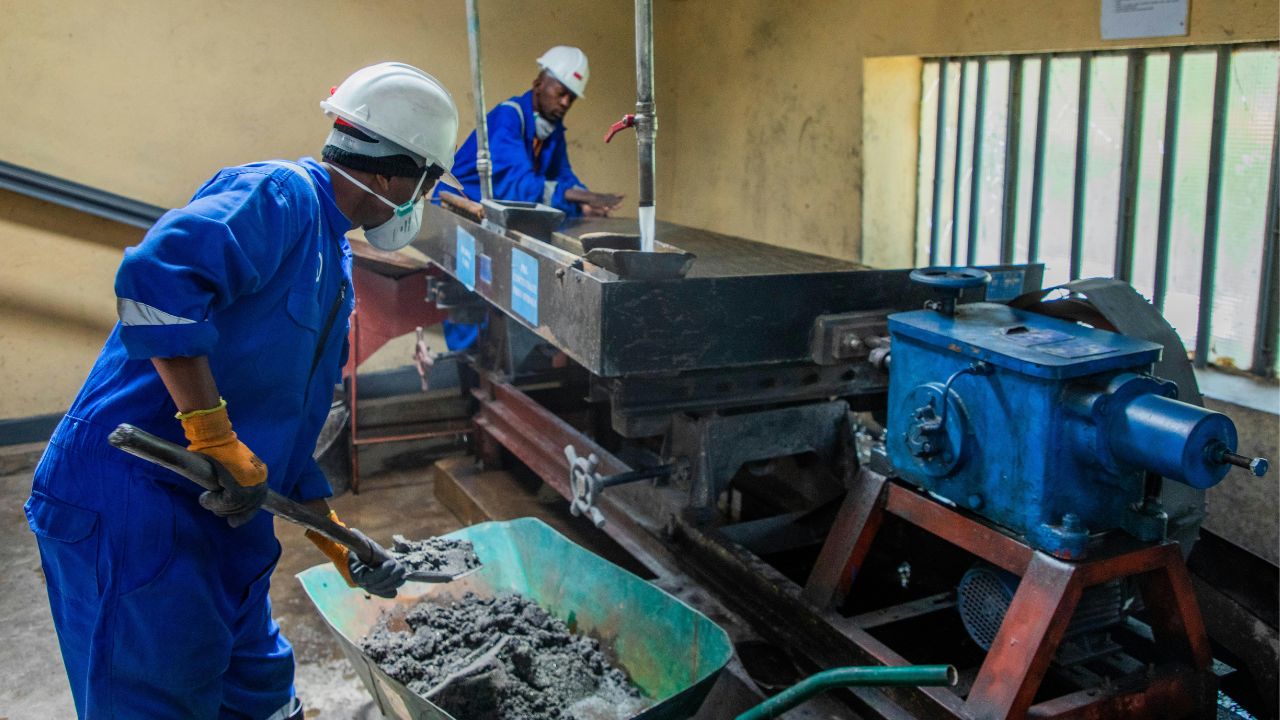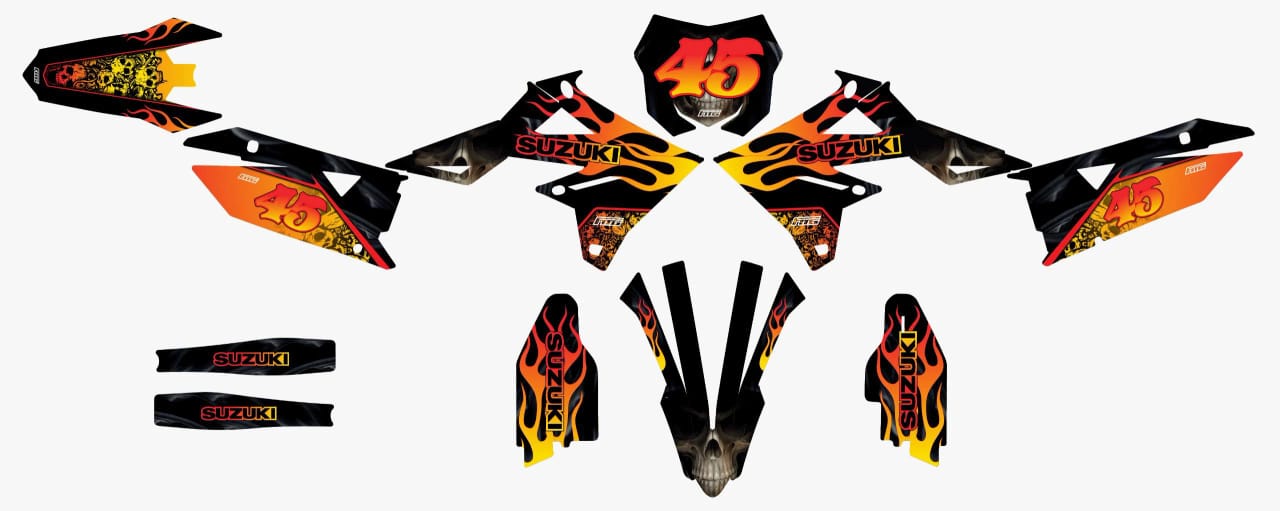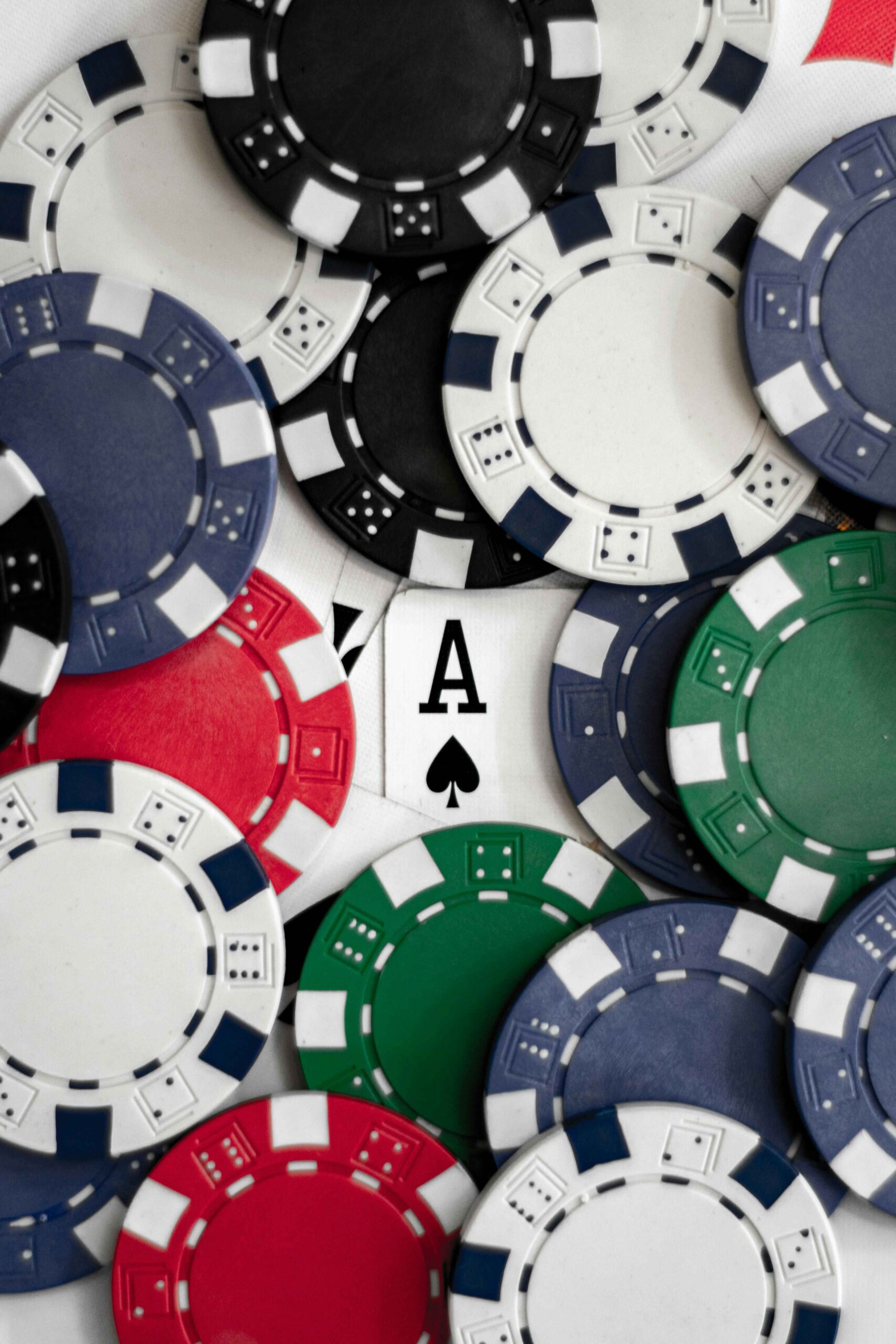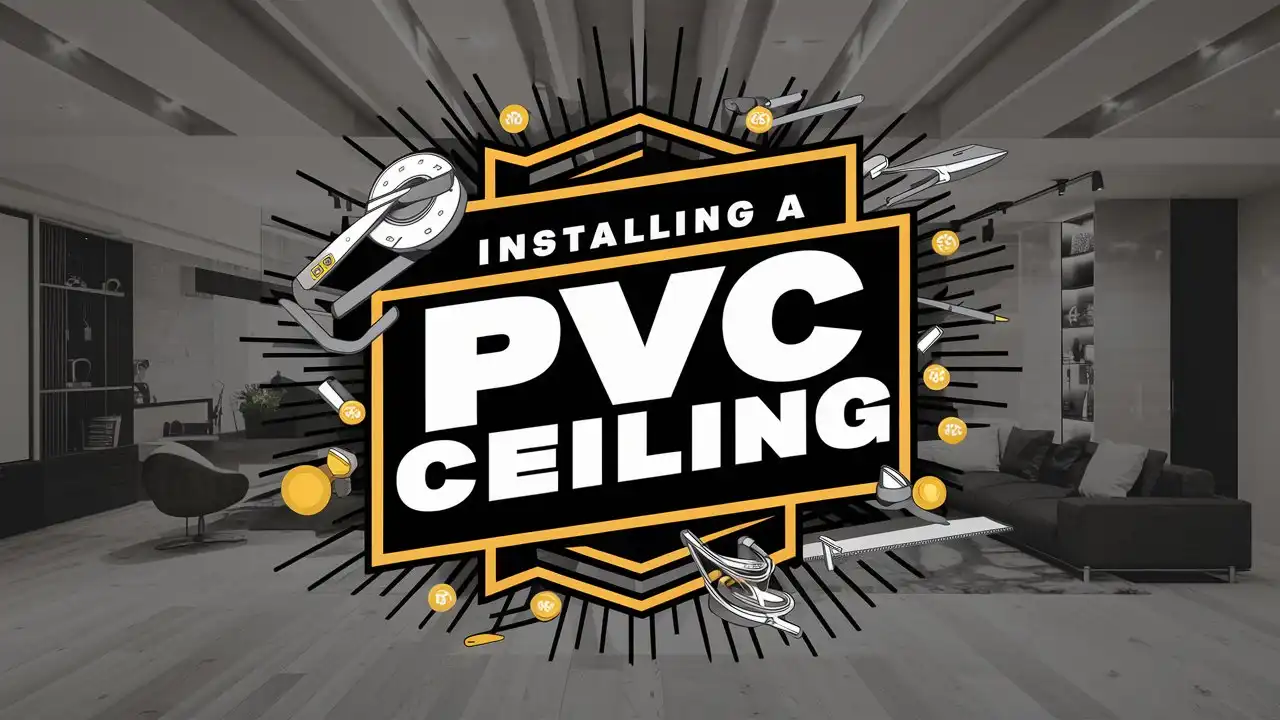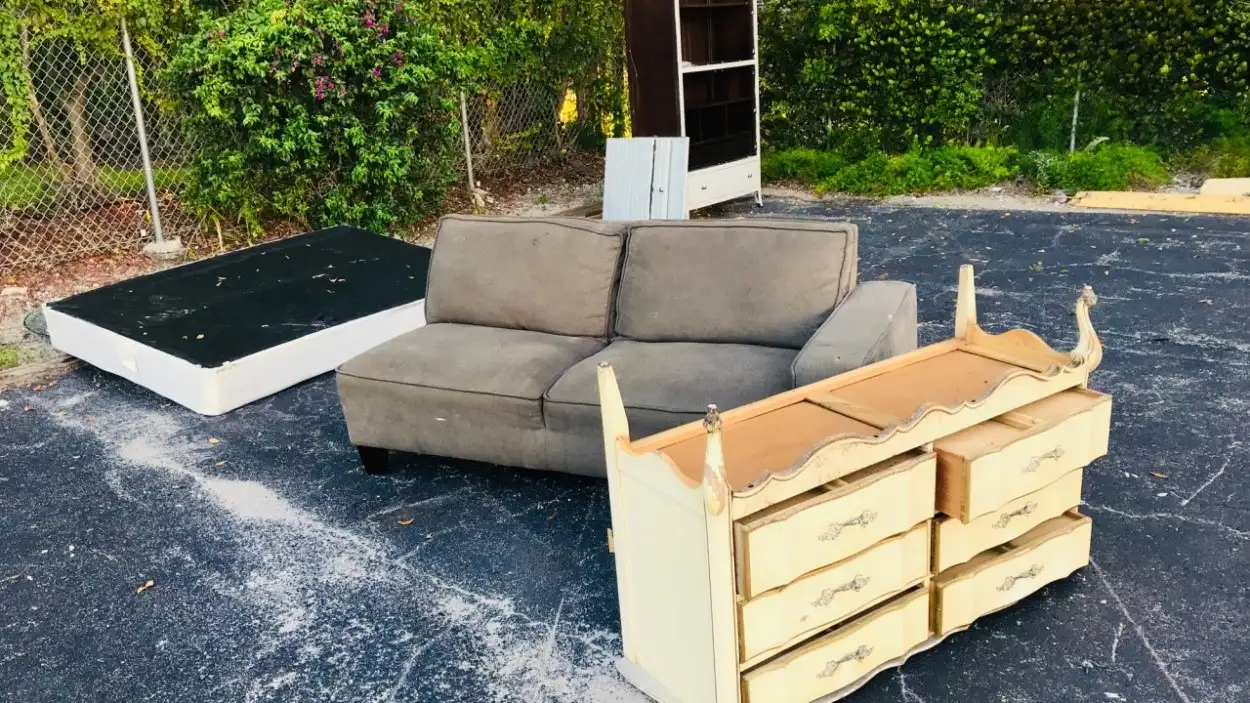When it comes to painting outdoor metal surfaces, like gates, grills, balcony railings, or garden furniture, many people assume it’s a quick job. A few strokes of paint and it’s done, right? Not quite. Metal, unlike wood or plastered walls, behaves differently outdoors. If you skip steps or pick the wrong materials, the paint can peel, bubble, or allow rust to creep back in.
This blog will explore where things often go wrong while applying paint for metal surfaces outdoors, and how to do it better, especially if you want it to last through changing weather.
1. Not Cleaning the Surface First

Many people begin painting without removing the dirt or residue already on the surface. What happens then? The paint doesn’t stick well and starts flaking off within a few weeks.
Tips:
- Clean the surface using a damp cloth and mild soap if needed.
- Let the surface dry fully.
- If there’s old paint or rust, use a scraper or sandpaper to clean it.
2. Painting Over Rust Directly

Rust on metal may seem harmless, but it grows underneath the paint and weakens it. Even if it looks like it’s gone, rust spreads if not treated right.
How to avoid this:
- Sand off any rust you see.
- If it’s too much, use a rust remover or rust converter before you begin painting.
- Always check the joints and corners as they collect more moisture and tend to rust faster.
3. Skipping Primer for Outdoor Use
One of the most common mistakes people make is using regular paint without applying a primer. Primer helps the paint stick better and protects the metal from moisture and corrosion.
Why this matters:
- Metal surfaces are often smooth, and paint needs a good base to hold on to.
- Primer seals the surface and adds an extra layer of defence.
- It also makes the final coat look more even.
So if you’re working on outdoor metal, make sure a suitable primer is part of your plan.
4. Choosing the Wrong Type of Paint

All paints are not made equal. Using leftover wall paint or wooden surface paint on outdoor metal is a recipe for early peeling.
Here’s what helps:
- Pick a paint explicitly meant for metal surfaces used outdoors.
- Look for weather resistance, rust resistance, and strong adhesion properties.
- Try to avoid cheap paints for exterior work—they may save money in the short term, but not in the long run.
It’s better to invest a little time choosing the right product than redoing the whole thing later.
5. Painting in Poor Weather Conditions
Painting during the monsoon or extreme heat is never ideal. High humidity, rain, or direct sunlight affect how the paint settles and dries.
Tips to avoid this mistake:
- Choose a day when the weather is dry and not too hot.
- Early mornings or late afternoons work well in most Indian climates.
- If it looks like it might rain, postpone the job.
Even if the paint feels dry on the surface, moisture trapped inside can spoil the finish.
6. Using Too Much Paint at Once
Another mistake people make is taking too much paint on the brush and applying thick coats on the metal surface. It seems faster, but thicker layers are more likely to drip, crack, or dry unevenly over time.
A better approach:
- Apply thin coats and allow each one to dry thoroughly.
- Two or three light coats give a better result than one heavy coat.
- Keep an eye on corners and curves—they need more attention to avoid runs.
Proper layering keeps the finish neat and helps the paint last longer outdoors.
7. Ignoring the Undersides or Hidden Areas
People often focus only on what’s visible—the front of a gate or the top of a railing—leaving the back or bottom sides bare. This leaves the metal exposed and vulnerable to rust.
What to do:
- Move the item around if you can and reach every side.
- Use smaller brushes for tight spots.
- Don’t rush through the less visible parts.
Protecting all parts of the metal ensures it stays rust-free from every angle.
8. Skipping the Final Protective Layer
After painting, some surfaces benefit from a clear topcoat, especially if they’re going to face heavy rain, sun, or outdoor pollution. It gives added strength to the paintwork.
When to consider this:
- If the item is exposed throughout the year, it is not covered.
- If you live near the sea or in a humid area.
- If the paint seems too thin or doesn’t promise long-term protection.
This last layer acts like a shield—one extra step that pays off over time.
9. Rushing Through the Entire Process
When you’re trying to finish everything in one day, drying time gets overlooked. People often paint over primer before it sets or place items outdoors before the paint fully cures.
To avoid this:
- Plan to work over two or three sessions, not just one.
- Read instructions on the paint can for drying time—each layer needs breathing space.
- Keep the painted item in a shaded, dry area while it sets.
Being patient now saves time and effort later.
10. Not Thinking About Long-Term Care
Once painted, outdoor metal still needs occasional checks. Dust, scratches, or small rust spots may appear over time. If ignored, they spread.
Quick maintenance tips:
- Wipe down surfaces every few months.
- If you spot rust, clean and repaint the affected patch immediately.
- Store movable items indoors during heavy monsoon if possible.
Paint helps, but routine upkeep keeps the metal strong for years.
Conclusion
Outdoor metal painting is not a matter of appearance only; it is protection. They are subject to a lot of things, from hot sun to heavy rains. Therefore, shortcuts will not be helpful. Proper cleaning of the surface, applying appropriate primer and paint, painting at a weather-friendly time, working in layers to serve as protective layers, all of these are together to ensure the outcome is long-lasting.



